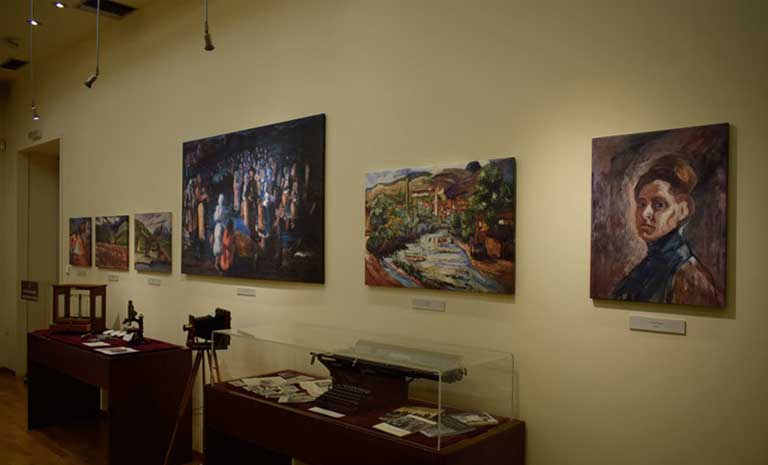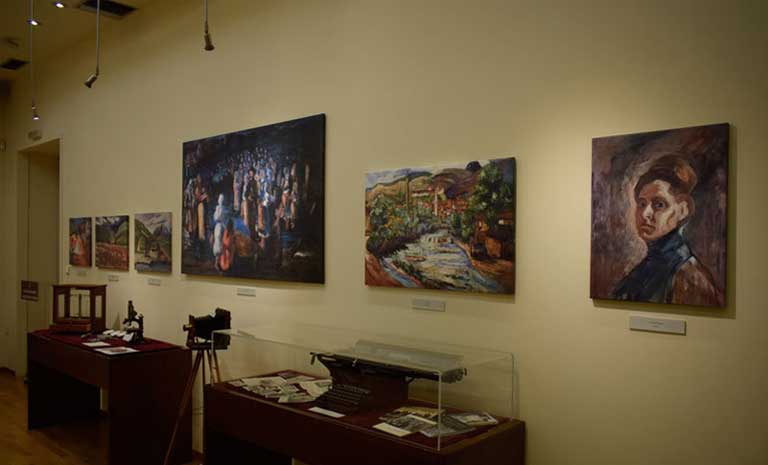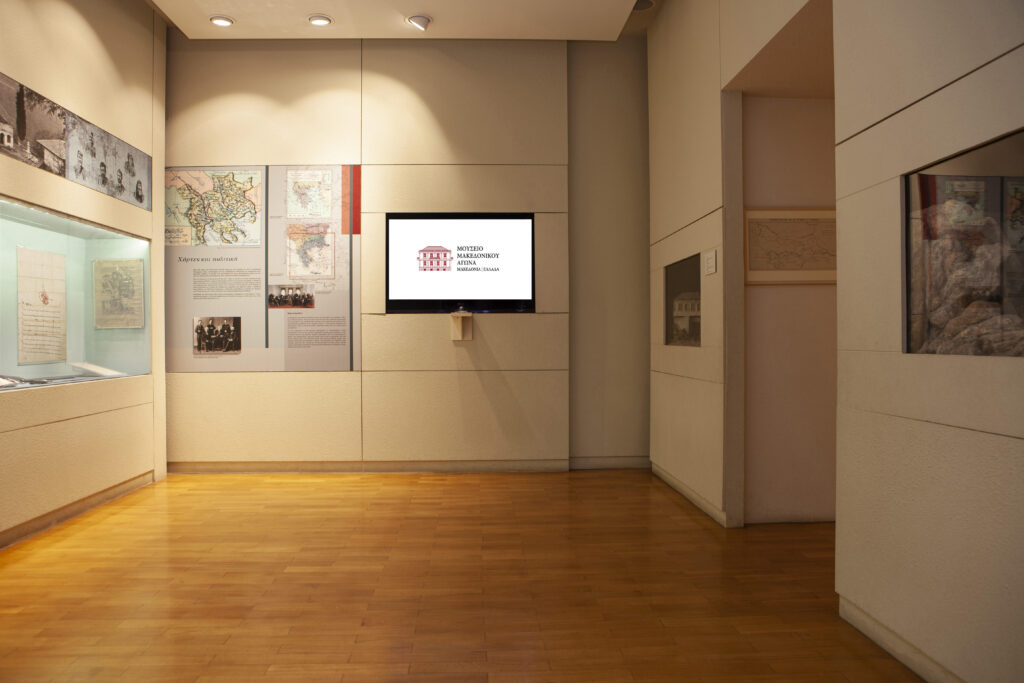Exhibition “The First World War through the eyes of two women painters – Thalia Flora Karavia – Nadezhda Petrovic”
EventsExhibitionsExhibitions 29 March 2019 – 30 June 2019

Museum of the Macedonian Struggle
The Balkan Wars and World War I became the bloodiest conflicts in the region in the 20th century. At the same time, they mobilized larger populations, including women.
Women, although averse to war and violence, nevertheless mobilised, as they considered it necessary to promote national aspirations. Women, who had hitherto been on the rear of the battlefield, were mobilised both to transport munitions to the armed forces and to treat the wounded.
This mobilisation legitimised their participation in many hitherto forbidden fields of activity and created the conditions in which unprecedented freedoms for women developed. These new roles, as well as the more traditional ones, paved a new way for the women’s movement at the dawn of the new century.
Among the new roles claimed by the women of the Balkan Wars was that of the painter. It was not a restricted role, but one that emerged alongside that of the nurse.
Two such women, the Greek Thalia Flora-Karabia and the Serbian Nadezhda Petrovic, took part in the Balkan Wars, both in the above-mentioned roles of nurse and painter. The experiential contact with the violence of war, as it was reflected in the hospital rooms, gave their paintings a special character, that of a woman’s eye, in fact, sensitivity, to a matter that until then had been considered a man’s business.
The aim of this exhibition is to highlight the visual creations of these two important women, who captured the everyday life of both soldiers, away from the battlefields, and the beauty of the Balkan landscape, beyond and outside the war conflicts.
The exhibition was inaugurated on Friday, March 29, 2019, by the Ambassador of the Republic of Serbia to Greece, Mr. Dusan Spasojevic and the Commander of the Military Corps School, Major General Georgios Madzouranis.
Duration: 29/03/2019-30/06/2019
Struggles for Liberation
Permanent Exhibition




